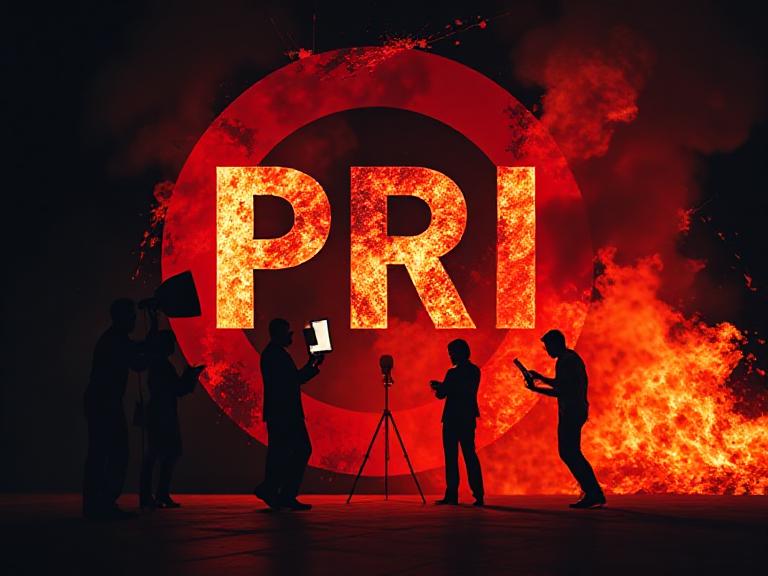The Role of PR in Crisis Management
In today’s hyperconnected world, news—good or bad—travels at the speed of a click. For brands, this can be both a blessing and a curse. While strong digital visibility can drive growth and recognition, a single misstep can snowball into a full-blown public crisis. That’s where public relations (PR) steps in—not just as damage control, but as a vital shield and strategic advisor in times of uncertainty.
Crisis management is no longer reactive. It must be proactive, transparent, and grounded in trust. In this article, we’ll explore the critical role PR plays in guiding brands through turbulent times and ensuring their reputation survives—and often thrives—beyond the storm.
What Constitutes a Crisis Today?
Before diving into PR’s role, it’s important to define what qualifies as a “crisis” in the digital age. A crisis can be any event that threatens to damage a brand’s reputation, stakeholder trust, or bottom line. Common examples include:
- Negative press or social media backlash
- Legal challenges or scandals
- Data breaches or cybersecurity incidents
- Product recalls or safety concerns
- Executive misconduct
What makes crises today particularly challenging is how fast they spread. Social platforms and news aggregators can escalate minor issues into headline news within hours. Preparedness is non-negotiable.
Why PR Is at the Center of Crisis Response
Public relations isn’t about spinning a story—it’s about communicating with clarity, credibility, and empathy. In a crisis, PR professionals serve as the voice of the brand, crafting messaging that is:
- Accurate and honest
- Emotionally intelligent
- Timely and consistent
The core functions PR fulfills during a crisis include:
1. Managing Internal and External Communications
In times of crisis, clear communication is everything. PR teams coordinate messaging across all platforms—press releases, media statements, internal memos, and social media updates—to avoid contradictions or confusion.
2. Controlling the Narrative
While you can’t always stop a crisis from happening, you can influence how the story unfolds. PR helps ensure that your side of the story is represented truthfully and professionally. This can limit speculation and misinformation.
3. Protecting and Rebuilding Trust
Once public trust is shaken, it takes more than an apology to restore confidence. PR plays a long-term role in rebuilding credibility, showcasing transparency, and demonstrating that steps have been taken to correct issues.
How to Prepare for Crisis Before It Happens
No organization is immune to crises—but those who prepare ahead of time are far more resilient. An effective PR-led crisis plan includes:
- Crisis Communication Plan: A pre-written framework for how to respond to different types of crises
- Designated Spokesperson: Trained individuals ready to represent the brand professionally
- Pre-drafted Templates: Quick-access messaging outlines for press statements and internal updates
- Media Monitoring Tools: To track sentiment and public response in real time
Just as an internet marketing service Wilmington helps you stay visible and consistent during growth phases, your PR strategy ensures you stay credible and controlled during a crisis.
Case Study Elements: Learning from Past Mistakes (Hypothetical Example)
Let’s say a mid-sized software company experiences a data breach. Without a solid PR plan:
- Customers find out from social media, not the brand itself
- Mixed messages emerge from different departments
- Journalists run the story before the company issues a statement
- Stakeholders panic, and competitors exploit the gap
With a PR plan in place:
- A holding statement is issued within hours
- A spokesperson holds a brief with clear facts and next steps
- Customers receive email updates with resources and support
- Leadership shares corrective actions transparently
The result? Less chaos, more control. That’s the power of PR.
Integrating PR with Your Digital Marketing Ecosystem
Public relations doesn’t operate in isolation—it works best when aligned with your larger digital marketing strategy. Whether you’re running internet marketing campaigns or launching a new strategy elsewhere, synergy between PR and digital creates:
- Unified messaging across platforms
- Faster response times through real-time analytics
- Seamless collaboration between marketing, legal, and customer service teams
More importantly, modern PR relies on digital tools for outreach, monitoring, and engagement. Having your PR and digital teams aligned is not only efficient—it’s essential in a crisis-driven environment.
Steps to Take When Crisis Strikes
Even the best plans need to adapt. When the storm hits, your PR strategy should follow these key steps:
- Acknowledge Quickly – Silence often reads as guilt. Even if you’re still gathering facts, issue a holding statement.
- Stick to Verified Facts – Avoid speculation. Confirm information before sharing.
- Show Empathy – Recognize the human impact. A sincere tone goes further than polished language.
- Keep Channels Open – Allow for questions, feedback, and transparency. The public wants to feel heard.
- Review and Learn – After the dust settles, evaluate your response. What worked? What didn’t? What needs updating?
Brands that handle crises well don’t just recover—they often emerge with stronger loyalty and a more humanized public image.
Final Thoughts: PR Is Not an Option—It’s a Necessity
In the age of digital immediacy and public scrutiny, crisis management is no longer the exclusive domain of PR departments—it’s a core leadership function. And at the center of that function is communication.
By embedding PR into your crisis planning and aligning it with your broader marketing strategies—whether through internal teams or trusted digital experts in your city—you’re protecting more than your brand. You’re safeguarding trust.
For businesses that invest in strategic outreach, combining PR with robust digital efforts like internet marketing Raleigh can create a resilient and adaptable brand presence—ready to thrive in good times, and weather the storm in bad.

